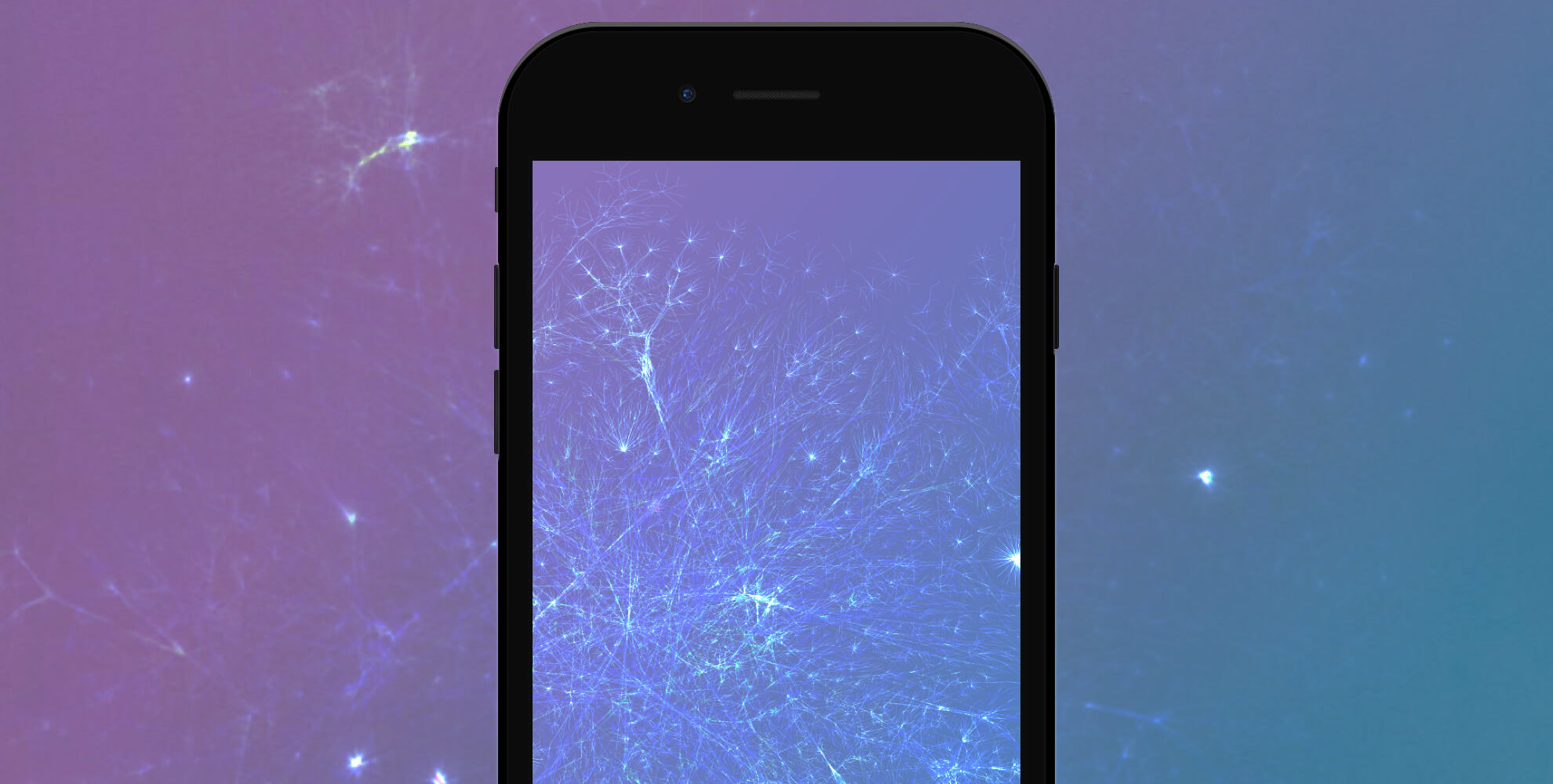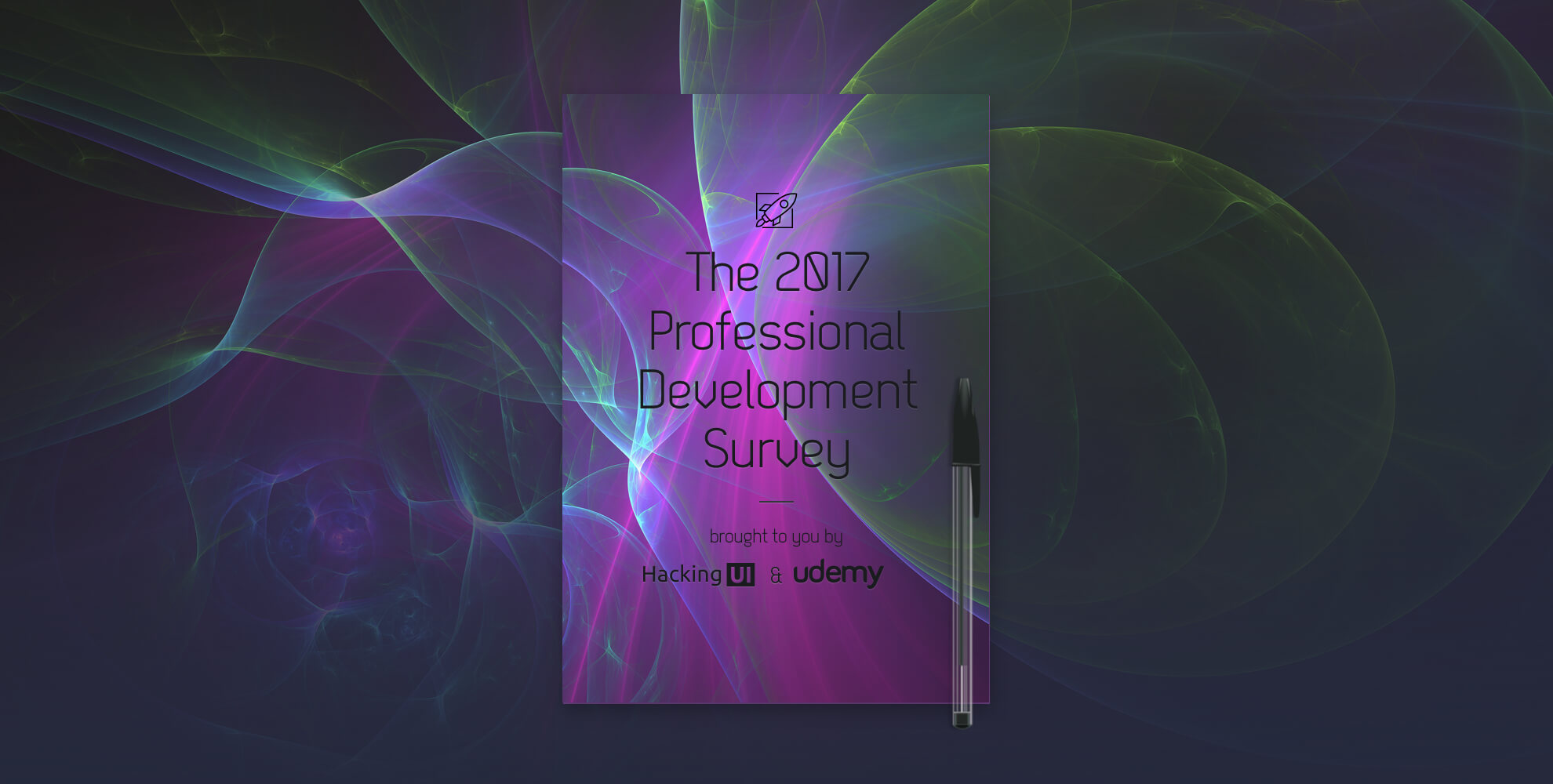This is a guest post made with the Neura team who will also speak at the upcoming Hacking UI Master Class. Enjoy!
The flag of personal artificial intelligence (AI) has already been firmly staked in the world of the Internet.
When you visit Amazon.com, for instance, algorithms curate the contents of the homepage to fit your interests with impeccable precision.
Google, Facebook, and other Internet companies employ this same method, and it results in rich experiences for end-users and big revenues for the ones creating the experience.
Internet companies like Google offer end-users finely tailored experiences by drawing upon users’ behavioral profiles. Such profiles are derived from people’s search engine habits. As you might expect, our Google searches reveal an incredible amount of detail about ourselves.
Apps and IoT devices, on the other hand, have had a much narrower data set to work with.
Until now, personal AI has yet to infiltrate the “Outernet”: the realm of mobile apps, wearable technologies, and Internet of Things (IoT) devices.
This absence limits the Outernet’s ability to deliver rich user experiences and engage end-users.
Apps do not know end-users’ habits, activities, and real-world context and, thus, cannot anticipate and respond to their needs. But here’s the thing… they could already do that!
We, as experience designers, don’t even think that way because we’re certain that AI is only made possible by having a talented group of machine learning developers on the team. Well, it was true up until recently, but now things are changing!
With services such as Neura this all becomes possible (Neura co-founder – Ori Shaashua, will discuss this topic of AI in the upcoming Hacking UI Master Class).
Here are a few examples of how personal AI might enhance the user experience of some of today’s well-known apps and connected devices:
Case #1: Spotify


If Spotify had a personal AI agent that made it “user aware”, then it may know when you’re exercising at the gym, driving to work, or relaxing at home on a Friday night.
By now you might be saying to yourself “What? Spotify doesn’t know this by now?”, well, yeah – Spotify doesn’t know these things right now, at least not automatically.
If Spotify knows you’re exercising at the gym at a given moment, then it can automatically cue up an energetic playlist to motivate you during your workout. Or if you’re at home relaxing on a Friday night, it can suggest you turn on your “Chill Acoustic” playlist. In either case, Spotify proactively serves you, the end-user.
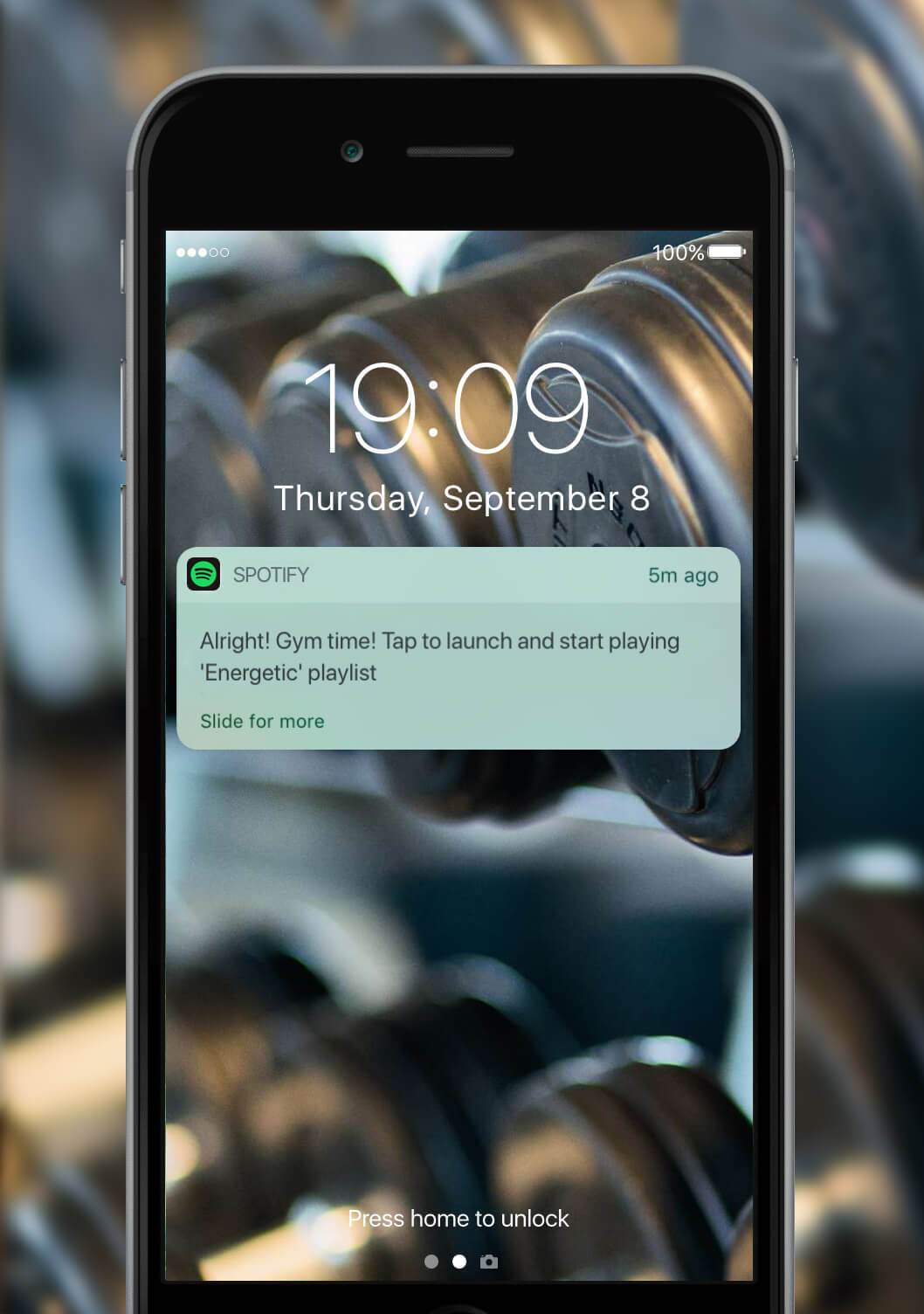

Case #2: Lyft


Let’s say you work for a company that has an office in New York and San Francisco. When you visit the San Francisco office, you usually stay at a nearby hotel and spend most of your time working at the office. Lyft, in its current state, doesn’t know this.
With personal AI, Lyft would know this and could automatically make sure you have a car waiting for you every morning at the hotel to drive you to the office. Consider this: if Lyft proactively meets the ongoing needs of its end-users and Uber doesn’t, Lyft will win market share.


Case #3: Amazon Echo


Amazon’s AI-driven, voice-activated speaker offers a wider range of services than other apps and devices. But it’s still a passive product. It waits for the end-user to tell it what to do, instead of proactively serving the end-user. A user-aware Amazon Echo could, for example, automatically activate your home security system as you’re going to bed. Or it could close your garage door for you if you forget to close it yourself as you’re rushing off to work, or Amazon Echo could automatically set your thermostat to a cool temperature if it knows you’re out jogging. In these examples, you the end-user don’t have to do anything except enjoy personalized service from your smart home device.
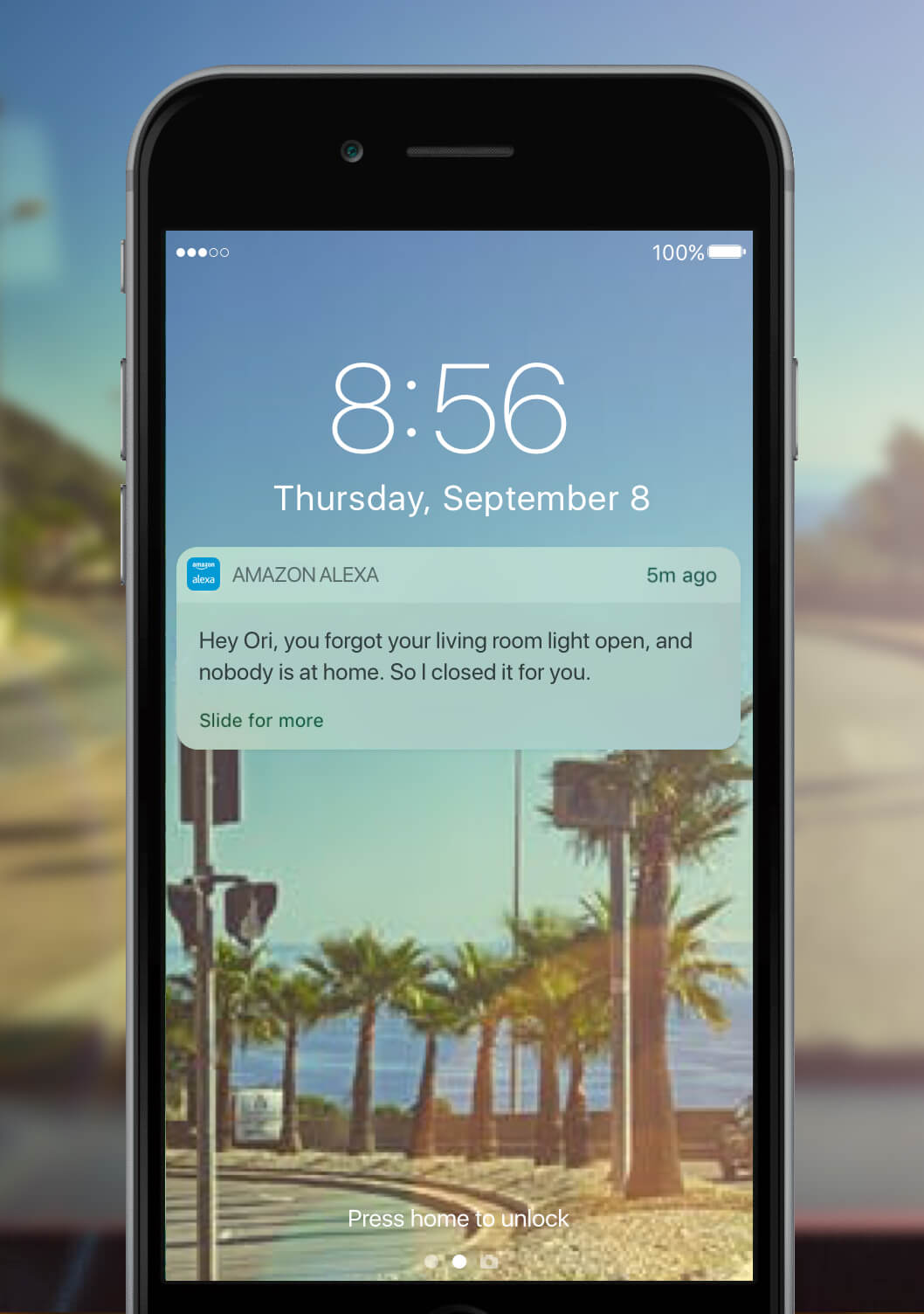

Summary and follow-up
Personal AI on the Internet has created rich experiences for consumers and yielded huge profits for Internet companies.
We can now expect similar results when we bring personal AI to the Outernet. But it’s not enough to expect… we need to:
- Get familiar with the actual data points and technology that’s out there to make this possible
- Start thinking AI when crafting UX
Learn more about this subject on the next Master Class
Neura co-founder Ori Shaashua will be speaking on how personal AI is revolutionizing user experiences of apps and devices on March 29th (that’s tomorrow)
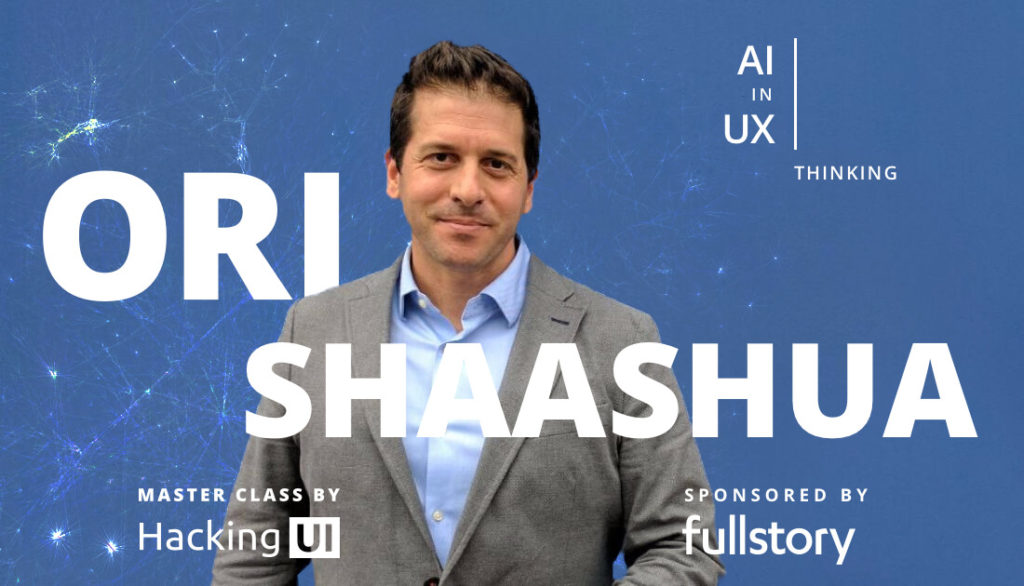

How Personal AI revolutionizes our digital experience
March 29, 2pm EST
(it’s 100% free and online)

